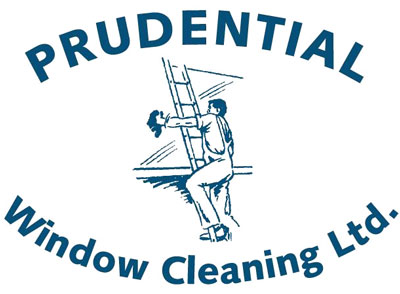Whether the glass for your windows have a small or big damage, either way it is a hassle and potentially a hazard for many obvious reasons. No matter the size of the breakage, it should temporally be covered right away if possible. The reason for the breakage of your windows can sometimes be easily noticed and comprehended, such as a football being kicked at your windows or due to burglary, but many times it cannot be understood immediately. There are many types of glass breakage, here are a few examples and how it can be avoided.
Spontaneous Breakage
This is when tempered glass suddenly breaks for no clear reason. This can be down to many reasons such as, damage during the installation process, or the binding of the glass in the frame which can cause tension, resulting in the glass expanding, and this can happen due to thermal changes. However, nickel sulphide is the main reason for spontaneous breakages.
Impact Breakage
Example of an Impact breakage is when a football or rock for instance is thrown at a window and hitting a piece of annealed glass. This will then cause glass breakage and create cracks resulting from the outwards of the point of impact. This can be very dangerous and should be handled by professionals.
Stress Crack
Stress crack or thermal stress crack is the most common cause of cracks in windows. This can occur when the glass in your windows expand due to thermal gradient. As the temperature increases, it will then result in forming cracks in your windows. This mainly happens to windows that are somewhat open to shade, for example the windows that are shaded by buildings or trees have more risk of cracks appearing due to the sudden changes in the temperature.
Reduce Glass Breakage
There are many ways to reduce or even avoid glass breakage. Firstly, making sure that the quality of the edge work is good will help tremendously. It is also important that a strong heat shock is not created in the glass.







